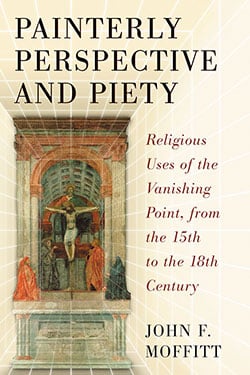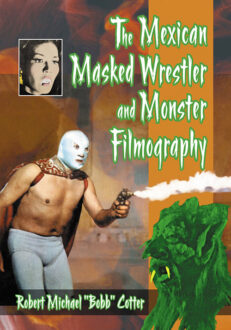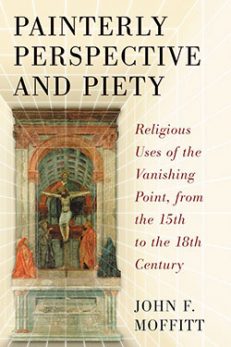Painterly Perspective and Piety
Religious Uses of the Vanishing Point, from the 15th to the 18th Century
Original price was: $45.00.$39.99Current price is: $39.99.
In stock
About the Book
While the Renaissance is generally perceived to be a secular movement, the majority of large artworks executed in 15th century Italy were from ecclesiastical commissions. Because of the nature of primarily basilica-plan churches, a parishioner’s view was directed by the diminishing parallel lines formed by the walls of the structure. Appearing to converge upon a mutual point, this resulted in an artistic phenomenon known as the vanishing point. As applied to ecclesiastical artwork, the Catholic Vanishing Point (CVP) was deliberately situated upon or aligned with a given object—such as the Eucharist wafer or Host, the head of Christ or the womb of the Virgin Mary—possessing great symbolic significance in Roman liturgy. Masaccio’s fresco painting of the Trinity (circa 1427) in the Florentine church of Santa Maria Novella, analyzed in physical and symbolic detail, provides the first illustration of a consistently employed linear perspective within an ecclesiastical setting. Leonardo’s Last Supper, Venaziano’s St. Lucy Altarpiece, and Tome’s Transparente illustrate the continuation of this use of liturgical perspective.
About the Author(s)
Bibliographic Details
John F. Moffitt
Format: softcover (6 x 9)
Pages: 320
Bibliographic Info: 73 photos, notes, bibliography, index
Copyright Date: 2008
pISBN: 978-0-7864-3505-0
eISBN: 978-0-7864-5226-2
Imprint: McFarland
Table of Contents
Preface 1
Introduction: Picturing Perspective 7
1. The Historical Emergence of Linear Perspective 15
2. Instrumental Sources for Leon Battista Alberti’s Velo 33
3. Masaccio and the Functions of Religious Imagery in His Time 46
4. Recovering the Original Physical Situation of Masaccio’s Trinity Chapel 65
5. The Symbolic Unity of Masaccio’s Trinity 93
6. Toward a More Balanced Interpretation of Masaccio’s Trinity 107
7. Seeing the Host in Art and Architecture 124
8. Liturgical Perspective in the Context of Scenographic Architecture 150
9. The Case for Uterine Perspective 167
10. Host-Worship and the Spanish Custodias Procesionales 183
11. Sculpting Divine Vision in Narciso Tomé’s Transparente 211
12. Epilogue: The Demise of Pious Perspective 243
Chapter Notes 271
Bibliography 299
Index 309






